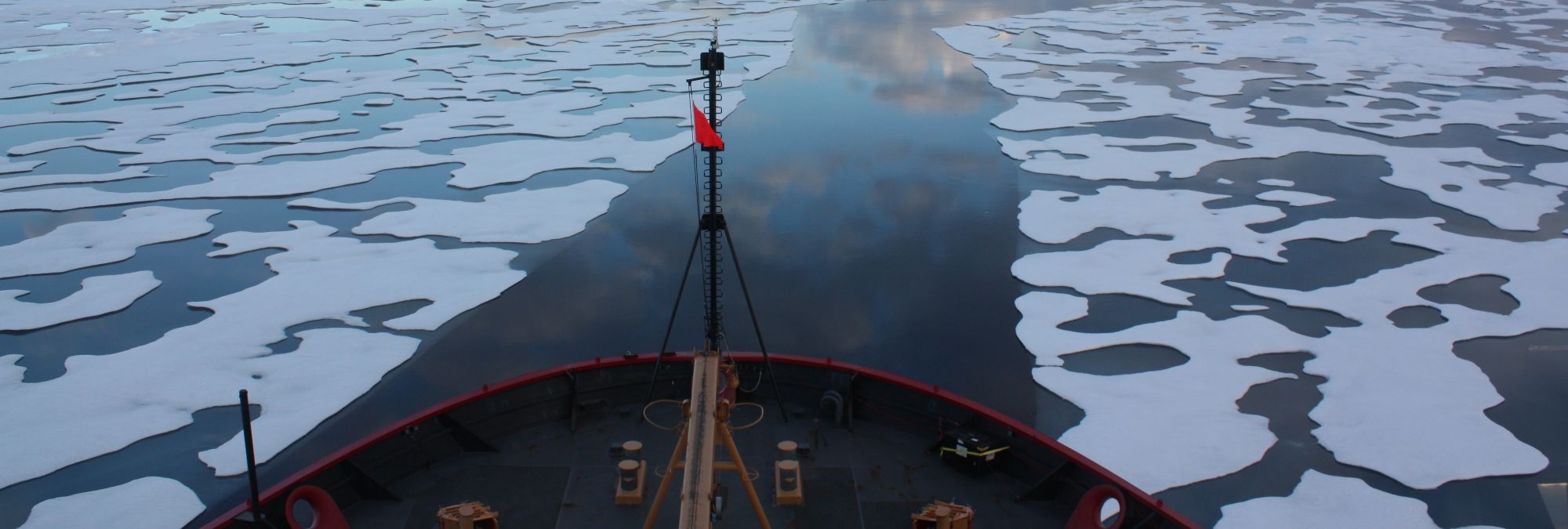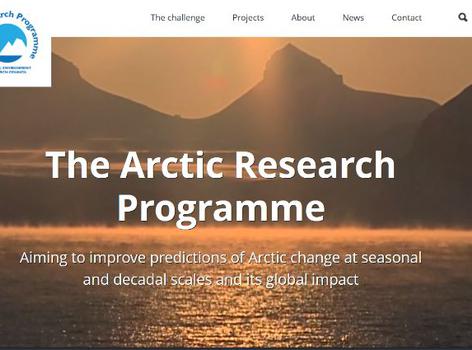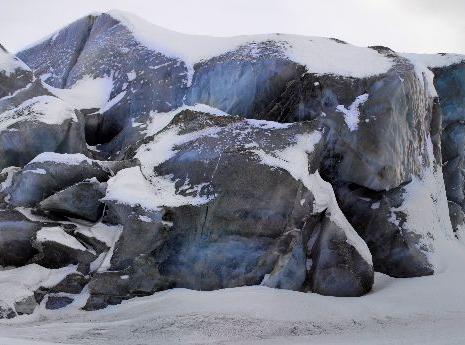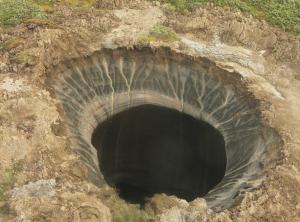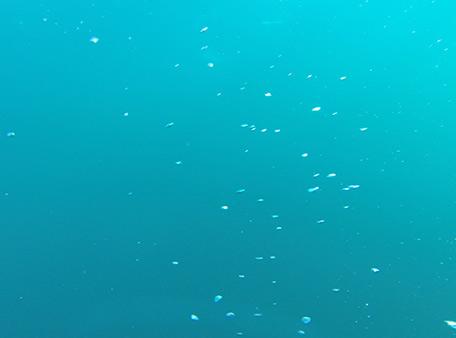Effects of a warming climate on the key organic carbon cycle processes in the Eurasian Arctic
The fastest warming regions on the planet are close to the poles, with the Siberian region experiencing one of the largest warming trends on Earth.
The Eurasian Arctic, containing one of the largest carbon reservoirs on the globe trapped by permafrost, might therefore be at risk as amplified warming leads to a general reduction of the total volume of permafrost. This could allow large amounts of trapped carbon to be released. It is presently unclear to what extent this is already happening and what will happen to this carbon after it is transported off the permafrost areas to the Eurasian Arctic Shelf (EAS).
This area is also known to contain vast amounts of methane trapped in submerged permafrost and not much is known about the effects of a warming climate on the release and subsequent microbiological cycling of this potent greenhouse gas. Changes in the Arctic region have potential effects on the entire global carbon-climate system. Therefore if we want to understand the effects of climate warming on the global carbon cycle we must understand the processes occurring in the Arctic region, making the EAS a highly important area for research.
Eurasian Arctic
Understanding the composition and processing of organic carbon deposited within sediments of the shallow Eurasian Arctic shelf seas and how this contributes to the global carbon cycle in a warming Arctic.
Tiksi, Russia
View our interactive mapThis project sees the international collaboration of scientists from Sweden, Russia, the UK and the USA to sample sediments and the overlying water column along the EAS and off Russian Arctic Rivers and areas of extensive coastal erosion, including areas with high methane concentrations. Sediments will be used to study where terrestrial carbon is released and transported to as submerged permafrost melts, and the effects of climate warming on the behaviour of carbon and methane on the EAS.
This affiliated project, also funded by NERC, directly links to ‘Objective 2’ of the Arctic Research Programme – to quantify processes leading to Arctic methane and carbon dioxide release – and has additional links to the ARP projects MAMM, HYDRA and LAKES as well as the affiliated methane hydrate project.
Image credits: Canadian Crown Copyright and Donald L. Forbes.
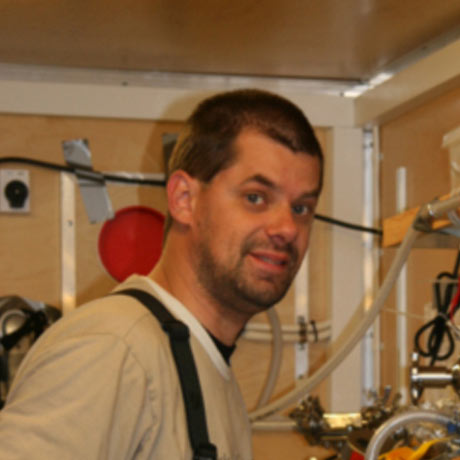
Dr Bart Van Dongen, Lead Investigator
Before joining the University of Manchester’s School of Earth, Atmospheric and Environmental Sciences as Senior Lecturer in Organic Geochemistry, Dr van Dongen studied in the Netherlands and worked in Sweden as well as the UK.
He is also an associate editor for the journal Organic Geochemistry and is on the steering committee of NERC’s Life Sciences Mass Spectrometry Facility. His research interests include organic and isotope geochemistry and fossil biomarkers. Recent research locations include the Eurasian Arctic, but also Ghana, Cambodia, Taiwan, the Himalayas and the United States.
View other team members